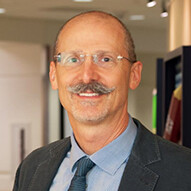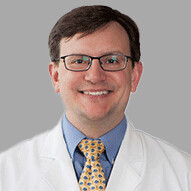Pediatric craniosynostosis
What is craniosynostosis?
The skull is formed by several separate bones. These skull bones are connected to one another by specialized structures called sutures. These sutures look like seams or spaces between the skull bones. The sutures are growth centers for the skull bones. Craniosynostosis (crane-eo-sin-oh-STOW-sis) is present when one or more of the sutures closes earlier than it should causing the skull to grow into an abnormal shape.




Babies' brains grow very quickly in the first two years of life. As the brain grows it stretches the sutures which signals the sutures to make new bone. The sutures allow the skull to enlarge and create just enough space for the brain. Normally, these sutures remain open until we reach adulthood, long after the brain and skull have stopped growing. Craniosynostosis causes a baby’s skull to be misshapen because the brain continues to grow at the same rate even if one or more sutures closes too early.

The remaining open sutures have to grow faster to make up for the closed suture. This extra growth causes a change in head shape. In some cases, the remaining open sutures can’t grow fast enough to keep up with the brain’s growth causing an abnormally high pressure in the skull, which can have negative effects on brain health. These include learning delays, blindness, and, rarely, death, if untreated.
Meet some of the patients we have treated for craniosynostosis to become familiar with what you can expect if your child is affected with craniosynostosis.
What are the different types of craniosynostosis?
Craniosynostosis can affect babies in two different ways. The needs and expected courses of treatment varying greatly for each.
Isolated craniosynostosis
Isolated craniosynostosis, also known as non-syndromic craniosynostosis, is the closing of only one suture with no other associated health problems and is the most common kind of craniosynostosis.
Syndromic craniosynostosis
Syndromes are when three or more medical problems occur in a recognizable pattern. When craniosynostosis is part of a syndrome, it is known as syndromic craniosynostosis. In these cases, there are usually two or more sutures that closed too early. Patients also have other health conditions as part of the syndrome.
What are the signs and symptoms of craniosynostosis?
Abnormal feeling or disappearing fontanel (soft spot on the top of the head)
Asymmetrical, misshapen skull
Development of a raised, hard ridge along the skull
Slow or no growth of the head as the baby grows
How is craniosynostosis treated?
Strip Craniectomy (Suturectomy)
Strip craniectomy is a surgical procedure where doctors open the scalp to expose closed cranial sutures. Doctors then cut out these sutures to allow the brain to expand and push the skull bones out.
Analytical Imaging and Modeling Center
The Analytical Imaging and Modeling Center at Children’s Health offers advanced imaging technology that may help diagnose and treat craniosynostosis.
Pediatric craniosynostosis doctors and providers
 Alex Kane, MDPlastic and Craniofacial Surgeon
Alex Kane, MDPlastic and Craniofacial Surgeon Jessica May, MDPlastic and Craniofacial Surgeon
Jessica May, MDPlastic and Craniofacial Surgeon James Seaward, MDPlastic and Craniofacial Surgeon
James Seaward, MDPlastic and Craniofacial Surgeon